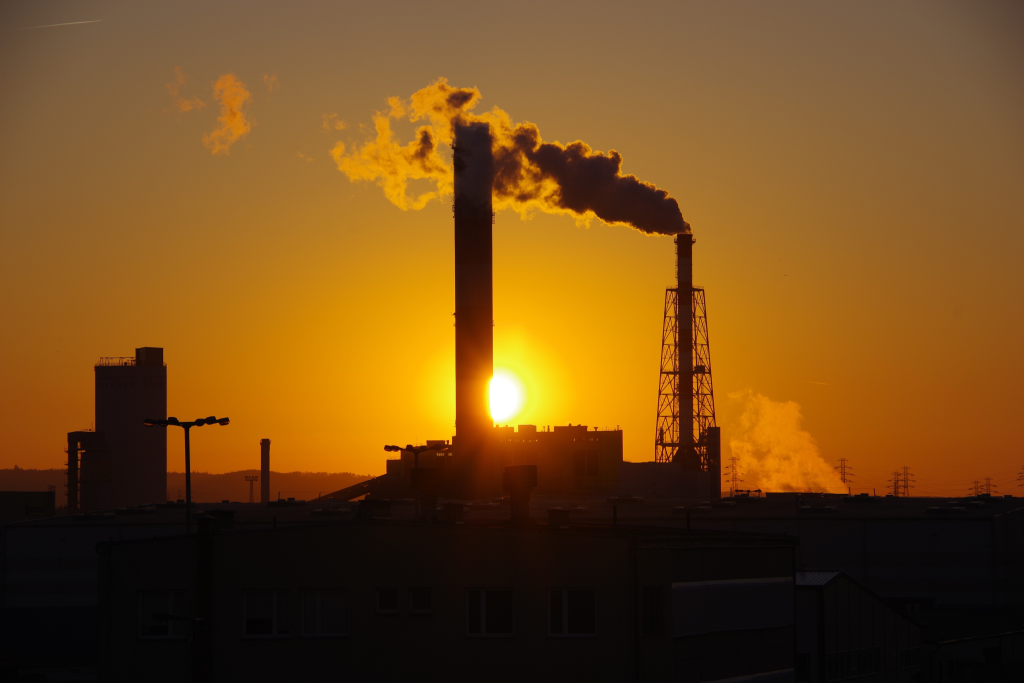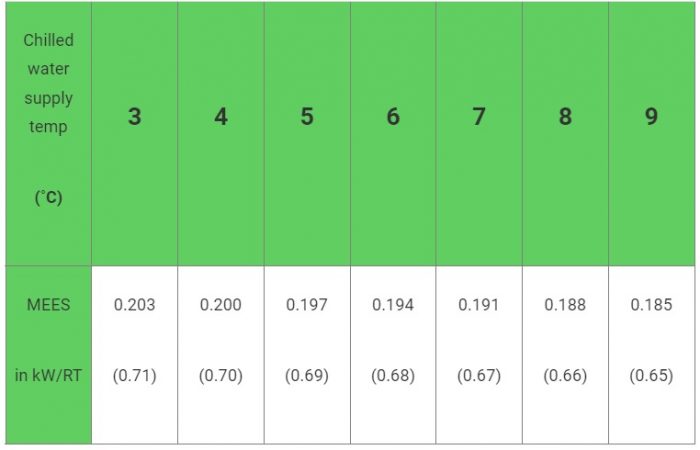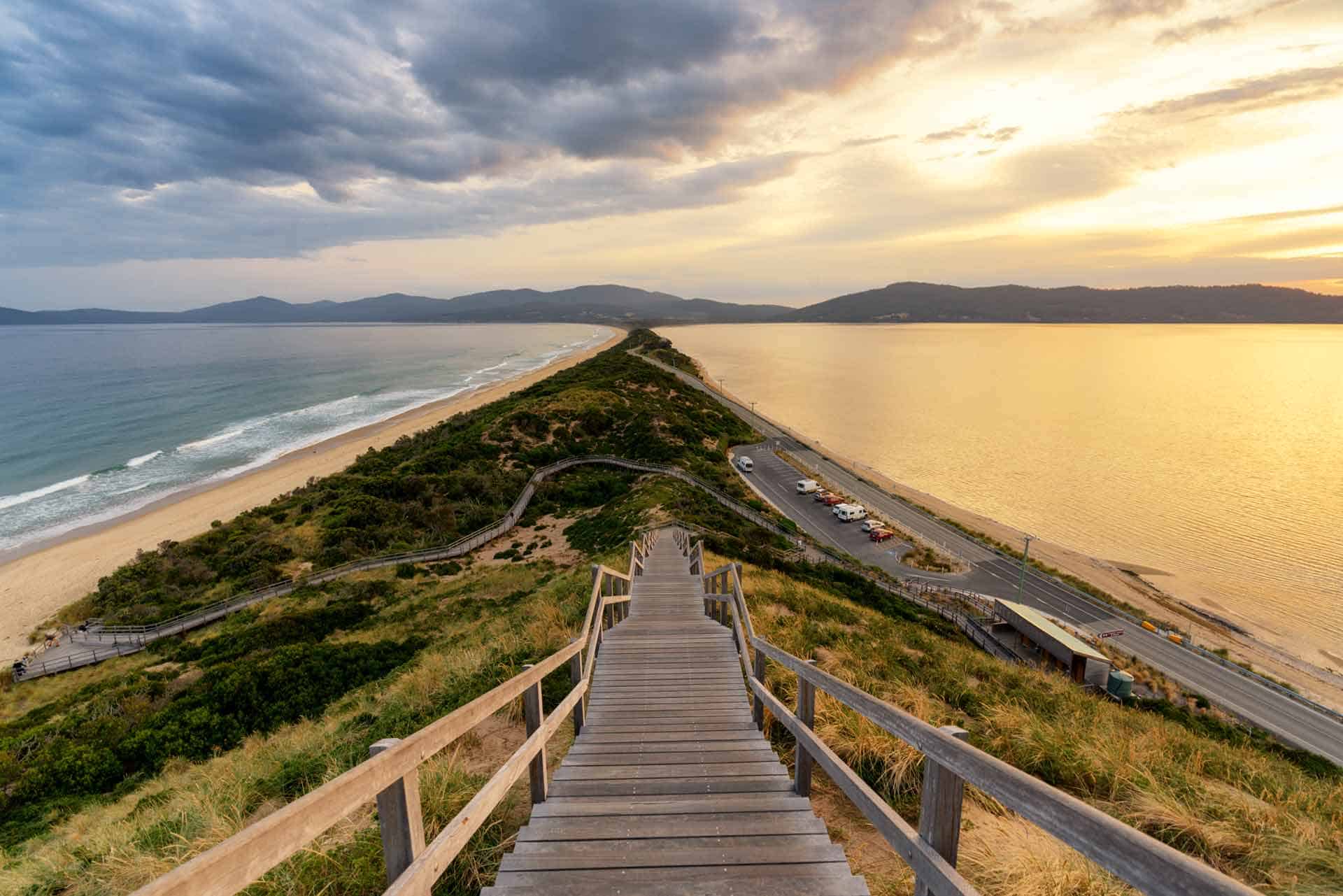Singapore Green Plan
What we know?
Dec 2015
Paris Agreement Global framework to avoid dangerous climate change with duo approach
- Limit global warming to below 2°C; and
- Continue efforts to limit it to 1.5°C.
Feb 2021
Singapore Green Plan unveiled. What are the relevant measures introduced so far?
What happens by 2030?
Singapore has pledged to reduce emissions intensity by 36% from 2005 levels by 2030. Would measures like carbon tax help Singapore achieve its target?
1GWh saved is 709 metric tonnes CO2 emissions reduced
It costs lower to save. The same amount produced creates 433 metric tonnes of emissions.
The following table shows you how much 1 GWh (or 1000 MWh) is to the environment.
Heading #3 | Heading #3 | Heading #3 |
|---|---|---|
153 cars off the road for a
year | More than 260,000 litres of
diesel consumed | More than 350,000 kg of
coal burned |
Approximately power for
150 households | 1641 oil barrel consumed | Close to 29,000 propane
cylinders used |
More than 86 million
smartphones charged | 11718 tree seedlings grown
for 10 years. | 245 tonnes worth of waste if
recycled instead of landfilled |

Carbon Tax and what we can do about it
Carbon tax provides the economy-wide price signal across all sectors in the economy. By having everybody involved from households to industries, achieving net zero emissions by 2030 is certainly more attainable. Everybody has a part to play in reducing carbon footprint.
- In Nov 2022, the Carbon Pricing (Amendment) Bill was passed. This meant that carbon tax had increased from $5 to $25 per tonne for greenhouse gas emissions in 2024 and 2025.
- From 2026 onwards, the carbon tax will once again be increased to $45 per tonne with the possibility of reaching $50 to $80 per tonne for greenhouse gas emissions by 2030.
Minimum Energy Efficiency Standards (MEES)
The introduction of MEES will help to raise the energy performance of these systems and accelerate our industries to adopt, develop and operate more energy efficient systems.
MEES will help reduce the energy consumption in industrial facilities by at least 245 GWh annually, equivalent to taking more than 21,000 cars off the road. Companies may use different approaches to meet MEES, such as installing more energy efficient chillers and optimising their systems.
M&V Schedule: pre and post installation – up to 2 weeks.
MEES will cover electrically-driven, water-cooled chilled water systems in industrial facilities with a total installed capacity of 1055 kW (300 RT) or more, which produce chilled water at a temperature of 3°C or higher. Chillers utilizing brine or glycol and air-cooled chillers that form part of the water-cooled chilled water system are exempted.
Compliance Timeline
- New industrial facilities MUST conform to MEES after a prescribed period if Planning Permission clearance is sought on/after Dec 2020
- Existing energy-intensive industrial facilities regulated under the Energy Conservation Act must conform to MEES by 1 Dec 2025, while others must do so by 1 Dec 2029
Hence, this helps facility owners reap lifecycle cost savings from:
- lower capital costs by right-sizing equipment;
- lower operating costs as a result of lower energy use; and
- lower maintenance costs as frictional and vibrational energy losses are reduced.

The table below displays the MEES for different water supply temperatures:


